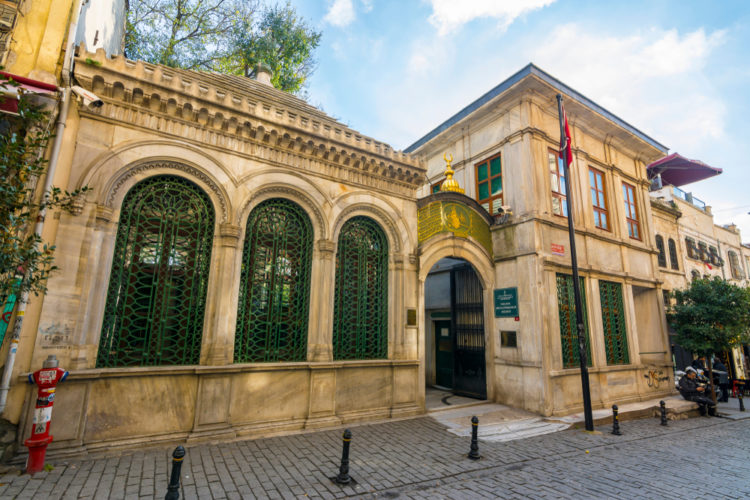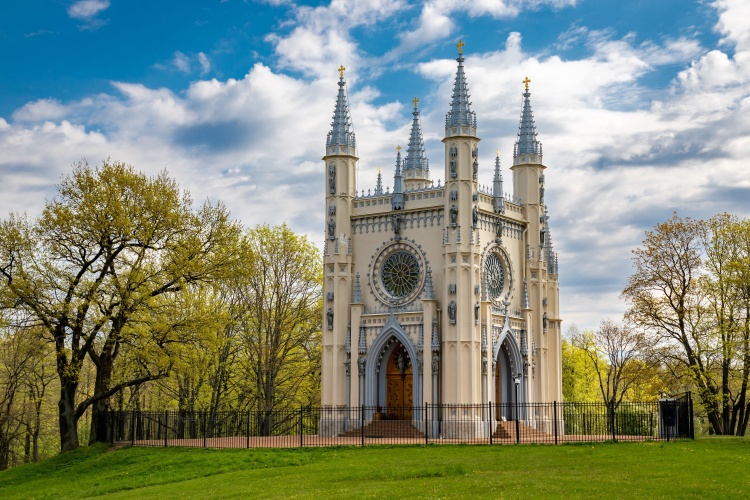The History of Istiklal Street, the Heart of Istanbul!
If there is the heart of cities; The heart of Istanbul is undoubtedly Istiklal Street. This street, which is located in the middle of a thousand years of history, has hosted people from tens of nationalities and has kept a part of the culture of these nations for hundreds of years. Today, this street is one of the first places that domestic and foreign tourists visit when they come to Istanbul. It contains dozens of local and global brands and historical monuments with different cultures. It also has fantastic, tasty places, unforgettable street delicacies and a tremendous atmosphere. This is the history of Istiklal Street, the heart of Istanbul from the past to the present.
The first embodiment coincides with the Byzantine period
The first formation of the street coincides with the Byzantine period. Galata was surrounded by walls during the Byzantine period. This area, surrounded by walls, was inhabited by Latin communities as well as the colony of Genoa. This side of the Golden Horn was called “Pera”, which means “counter collar”. Beyoğlu Plateau was located at the tangential point of Galata region between Haliç and Bosphorus. On this hill; hunting grounds, woods, cemeteries and vineyards were present. If we climbed beyond the gate of the city wall, we could have reached Tünel Square. There were a few houses here.
When you can’t fit into the walls
Galata was quite alive during the Byzantine period. The city’s conquest of the Ottoman Empire led to an increase in vitality and commercial development with the guarantees given. The Latins moved out and settled in both the Golden Horn and the Bosphorus. The Beyoğlu Plateau gradually began to be appreciated. Over time, the commercial importance of Galata and Pera increased. Venetian colonies, Dutch, British, French and Italians settled here. In the 16th Century, the atmosphere of the region began to become apparent.
Too Many Palaces and Mevlevihane

In addition to the first steps of shaping the region, the building of the French Palace within the vineyards of Pera, and the structure of the British Palace in the area facing the Golden Horn began to shape the region further. The presence of Muslims in the region is based on the fact that Bayezid II gave land to Iskender Pasha in 1491 and that Pasha established a Mevlevi lodge in this area. Today, this lodge is known as the Galata Mevlevihanesi. In other words, the Muslim population in the region has started to increase since the end of the 15th Century. But in general, foreigners settled in this period and brought their own lifestyles and cultures. Again in this period, this place, which was called “Cadde-i Kebir” in the Ottoman Empire, became a light craft and shopping centre.
Istiklal Street from Galata Tower to Galata Palace

By the 17th Century, the street stretched from the Galata Tower to the barracks of the Galata Palace. In the 18th Century, Beyoğlu continued to expand along the “Grand Rue de Pera” axis. During this period, the Consulate General of the Netherlands in Istanbul was broadened, the Basilica of St. Anthony of Padua and the Church of Santa Maria Draperis were built.
Grand Rue de Pera As A Resort
At the beginning of the 19th Century, Beyoğlu was a kind of cottage and a suburb of Galata. The complete shaping of the street was in the second half of the 19th Century. During this period, Ottoman intellectuals, dynamic and young nobles adapted to European lifestyles. During this period, the Europeans and Levantines built entertainment and resting places, luxurious and elegant buildings in the “Grand Rue de Pera”. The lifestyle of La Belle Epoque in Paris was embodied here during the reign of Abdulaziz. Mounted trams, tunnels and electricity were established during this period. All these developments further improved the Tünel – Taksim axis.
And the 20th Century…
This street, which took the name of Istiklal Street with the proclamation of the Turkish Republic, lived its golden age in this period and had a significant period with its hotels, patisseries, cafes, restaurants, cinemas, theatres and a great lifestyle. The cultures of the White Russians who came to the area with the October Revolution of 1917 created an extraordinary period here. In the first quarter of the 20th Century, it was a place where people from many nationalities spoke their language and brought their culture. Turkification and tax policies carried out have resulted in the migration of other nations from the region. All these events led to the impoverishment and corruption of İstiklal Street. Istanbul also suffered from immigration in the 1950s. In the 60s, 70s, 80s and even 90s, Istiklal Street lost its soul. Restorations and cleanings in the early 90s raised İstiklal Avenue again.
These articles may also be of interest to you:
Places to Take Amazing Photos in Beyoğlu
Beyoğlu Guide for Those Who Want to Discover
A Warm Glance at Beyoğlu: Activity Suggestions So That You Can Enjoy the Summer



